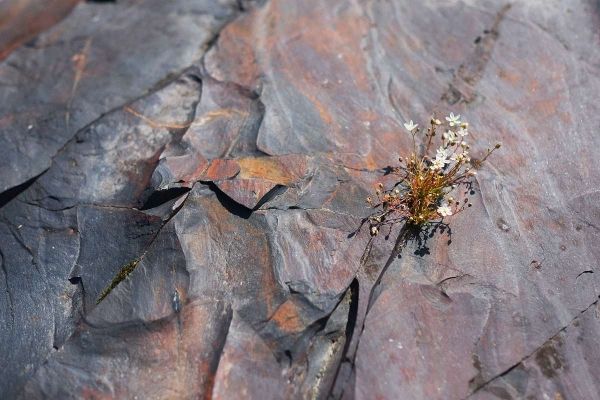Earth may have been far more oxygen-rich early in its history than previously thought, setting the stage for the evolution of complex life, according to new research by scientists at the University of Alberta and the University of Tartu in Estonia. The study provides evidence for elevated oxygen levels 2 billion years ago and flies in the face of previously accepted models.
The international team of researchers, led by UAlberta scientists, studied a Russian drill core containing shungite—a unique carbon-rich sedimentary rock deposited 2 billion years ago. The material provides several clues about oxygen concentrations on Earth’s surface at that time, including strikingly high levels of molybdenum, uranium, and rhenium, as well as elevated uranium isotope ratios.
“These trace metals are only thought to be common in Earth’s oceans and sediments when oxygen is abundant,” explained Kaarel Mänd, a PhD candidate in the University of Alberta’s Department of Earth and Atmospheric Sciences and lead author of the study. “These trace metal concentrations are unrivaled in early Earth’s history, suggesting elevated levels of oxygen at the time when the shungite was deposited.”
Continue reading at University of Alberta
Image via University of Alberta


